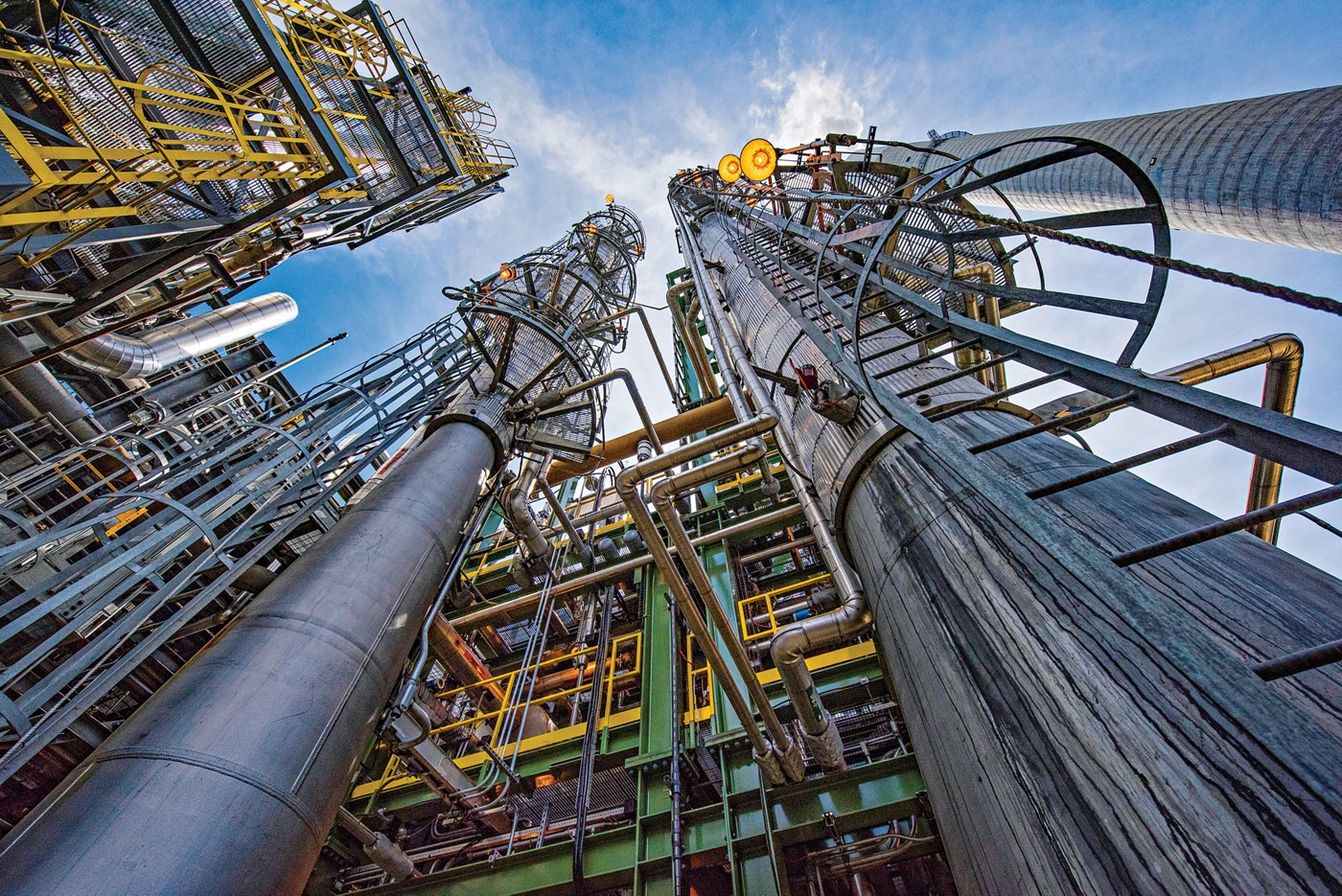In recent years, we’ve seen a growing interest in carbon removal companies, which are companies that use innovative technologies to remove carbon dioxide from the atmosphere and store it in a secure place. These companies are seeking to address the climate crisis by reducing the amount of carbon dioxide in the atmosphere. If you are looking for a carbon removal company then, you can explore this website.

Carbon removal companies use a variety of techniques, such as direct air capture, soil carbon sequestration, and biochar production, to capture and store carbon dioxide. Direct air capture is a process in which carbon dioxide is directly captured from the atmosphere and stored in a secure place. Soil carbon sequestration is a process in which carbon dioxide is absorbed by soil and stored in the ground. Biochar production is a process in which organic matter is burned and the resulting charcoal is used to capture and store carbon dioxide.
There are a number of benefits to carbon removal companies. For instance, these companies can help reduce the amount of carbon dioxide in the atmosphere, which is a major contributor to climate change. Additionally, these companies can help reduce the amount of atmospheric pollution, which is beneficial to both human health and the environment.
The potential of carbon removal companies is immense, and it is likely that these companies will be a major part of the climate change solution in the years to come. As the technology behind these companies continues to improve, and as the cost of carbon removal decreases, the potential for these companies to make a real difference is only going to increase. It is an exciting time for carbon removal companies, and we are likely to see more of them in the future.
